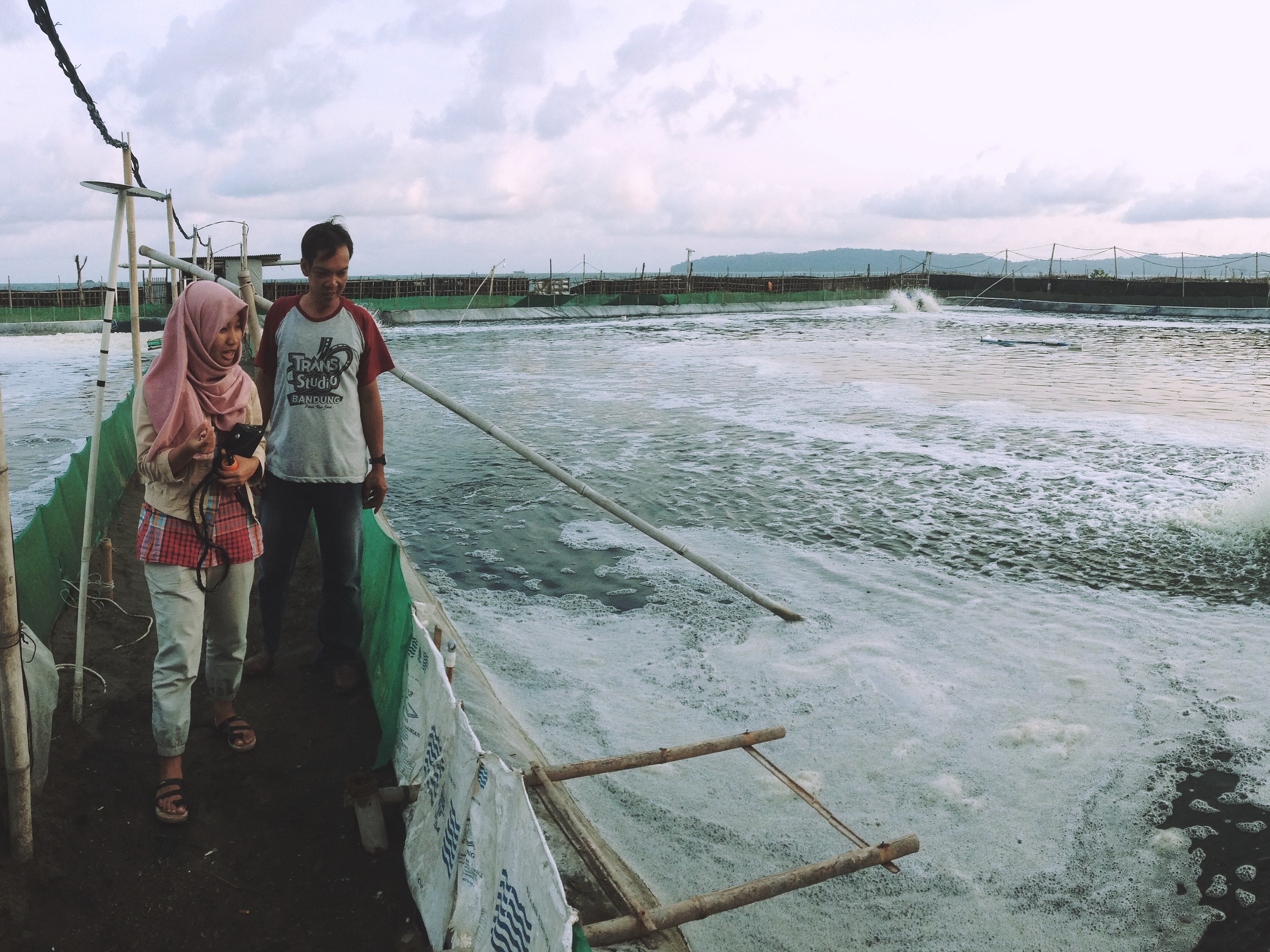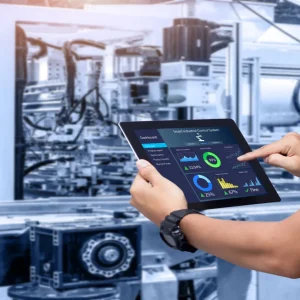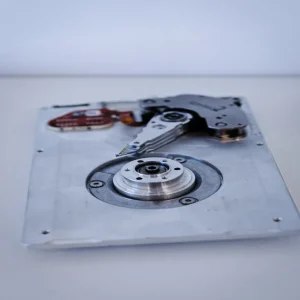
Aquaculture, also known as fish farming, is the fastest-growing food production system worldwide. Since 2016, it has been the main source of fish for human consumption, according to the Food and Agriculture Organisation (FAO). But despite aquaculture’s successful role in providing a growing global population with protein, the environmental impact resulting from the industry’s quick expansion has raised sustainability concerns.
The FAIRR Initiative (an investor network focused on mitigating the risks from intensive animal agriculture) identified in a June 2019 report ten environmental, social and governance (ESG) risks linked to the industry, including fish feed supply, disease, forced labour throughout seafood supply chains, greenhouse emissions and fish welfare, among others.
A spokesperson from the Global Aquaculture Alliance (GAA) admits that if implemented poorly, aquaculture can harm the ecosystem: “However, if executed well through proper siting of farms, proper effluent management, proper stocking densities, etc., the impact on the surrounding environment will be minimised,” they added.
International non-profit the WWF agrees that the impact of aquaculture on wild fish populations, marine habitats, water quality and society can be significantly and measurably reduced if done responsibly. It is a space in which a growing groundswell of start-ups are innovating heavily, using a buzzword bingo collection of technologies to minimise aquaculture’s environmental footprint.
Speaking on a personal capacity, Alistair Lane, executive director at the European Aquaculture Society (EAS), says that start-ups are key to put into practice sustainability theories: “EAS is a mainly scientific network and the vast amount of knowledge generated to improve aquaculture production and sustainability can only create impact when used as the basis for new products and services [as the ones offered by start-ups], brought to the market for the benefit of the sector.”
How an Indonesian start-up helps shrimp farmers make sustainable business
Driven by strong domestic and foreign demand for fish products, Indonesia ranks among the top aquaculture producing countries and the industry intensity has resulted in a range of start-ups emerging with a focus on improving productivity and reducing waste across the sector.
As of December 2020, there are nine active Indonesian start-ups registered in Crunchbase. Among them is Jala, which captures data including salinity, temperature and dissolved oxygen, through internet of things (IoT) devices to measure the ponds’ water quality. It also collects cultivation data via an in-house built web and mobile app that farmers can use in their fisheries.
“We then process the data and give the farmer insights about the condition of their cultivation, their shrimp growth and when is the right time to harvest based on the condition of the water quality, the shrimp feed consumption and also the growth of the shrimp itself,” explains Syauqy Aziz, co-founder and chief technology officer of Jala – which is now used by 7,000 farmers in 14,000 ponds, most of them in Indonesia. (The app is free on Google Play.)

One of Jala’s co-founders and current chair, Aryo Wiryawan, had worked as a shrimp farmer since 2001, giving him first-hand knowledge of the needs and demands that shrimp farming in Indonesia entails.
His insider knowledge has also been helpful at the time of designing and tailoring the Jala app to farmers’ needs. As he explains, when shrimp is not overfed, there’s less waste produced – waste that otherwise would go to the sea – and feeding can be optimised by tracking data across the ponds.
Jala offers a three-month intensive programme for shrimp farmers to help them manage their farms and make them sustainable; spanning water quality monitoring, cultivation data recording, and biosecurity.
“We speak to farmers, not only about cultivation, but we also share knowledge and education on how to create a sustainable farm,” adds Aziz.
The programme has run in three Indonesian regions – Banyuwangi, Lampung and Demak – and is currently entering its third shrimp life cycle. So far, the programme has resulted in a 25% increase in production.
Jala is also involved in the revitalisation of Dipasena, a central focus of shrimp production located in the Lampung province of the Sumatra Island. The area, which is one of the largest intensive farming regions in the world covering 17,000 hectares, has long been in decline due to socio-economic and environmental factors. Farmers there, says Aziz, operate without proper facilities and infrastructure: “When we started collecting data from the first cycle, we saw what farmers were doing and what their cultivation practices were.
“After that, we analysed the data and discussed with the farmers what they should be doing based on it so they can minimise environmental impact and maximise productivity from the second farming cycle.
“We then saw that the improvement of the harvest also resulted in improvement of the ponds’ environment.”
The Silicon Valley of aquaculture start-ups
Reducing the environmental footprint by maximising efficiency is also the approach taken by Manolin, an aquaculture start-up based in Bergen, Norway, which has been described as the “Silicon Valley of aquaculture start-ups”.
Manolin was founded by Tony Chen and John Constantino (CEO and CTO, respectively), two computer science graduates who met in Washington DC through a Craig’s List advert. After spending some time building an application to track the operations of an oyster farm in Virginia Beach as a hobby, Chen and Constantino decided to start a full-time career in aquaculture. During their search for funding they were introduced to Hatch, an investor of aquaculture start-ups, which run an accelerator programme in Norway.
“We flew out to Norway in the middle of December,” Constantino says. “It was a four-day weekend and we pretty much got a crash course of the industry and how everything runs here.”
The main difference that Constantino saw in Norwegian aquaculture when compared to the US is that in the former there are publicly accessible metrics thanks to the massive amount of data that farmers submit to the government: “In the US, we had to scrape through Excel spreadsheets from policymakers just trying to find whatever environmental data was available.
“Here in Norway, it was all available.”
After a start in oyster farming, Constantino and Chen focused on salmon, a highly valued fish in aquaculture. Then they developed a platform which helps farmers track, measure and predict using data analytics.
Constantino explains that essential to tracking was seeing data in a simple format as previous systems were old and are based on Excel spreadsheet exports: “People typically will lose these Excel spreadsheets and won’t understand what one person wrote versus the other.
He adds: “So data gets lost in translation and they spend a lot of time building these graphs when in actuality these are biologists and fish farmers; they shouldn’t be trying to analyse data consistently.”

Once tracking and measuring are completed, Manolin builds prediction models able to forecast potential diseases by analysing any anomalies in the feeding or the environment, which plays its part in the sustainability circle.
“We’re not prescribing things because I think when you start prescribing things, you get into a hairy territory of ‘our models are better than yours’. A biologist is going to know their fish better than any computer, but the computer can pick out things in the data that may be indicators for problems that are common in them,” says Constantino.
“The real problem we’re trying to solve is saving these farmers time because they spend too much of their time dealing with data, redundancies and unnecessary things.”
IoT and deep-tech testing the waters to achieve sustainability
Poseidon-AI is the brainchild of Dr Amaj Rahimi Midani, an Iranian ex-pat with extensive aquaculture and fisheries experience.
Based in Singapore, the start-up uses IoT and deep-tech to achieve food sustainability. Dr Midani created an algorithm using data given by fish farmers about the ponds’ water conditions, using sensors, cameras and other IoT devices. Farmers input the data into the Poseidon-AI app, which then goes to the cloud and then into the algorithm. With each fish species lifecycle – which can last between six and 18 months – the algorithm improves.
Once they share this information with the app, Poseidon-AI provides fish farmers with insights on the amount of food they should be feeding each species, growth and feed conversion rates, the maturity time of the fish, and the time that farmers can take their product to the market.
“With this simple but complex way of doing it, which combines affordable hardware and intelligent software to optimise feeding, we managed to save 20% of feeding costs for every aquaculture farmer in Southeast Asia and China,” says Dr Midani.
Farmers can buy Poseidon-AI’s tracking devices and then select the species they want to grow. They can then purchase a subscription and utilise other species’ algorithms for the period they are using it: “That’s why we call ourselves the Netflix of aquaculture, because we are the only agritech and aquaculture start-up that uses a subscription model based on the amount of savings for each pond, in each farm, under different environments and for different species.”

Thanks to Poseidon-AI’s sensors and its intelligent software, fish farmers can better control the environmental impact of the species their breed, monitoring the inputs and outputs. Inputs include what the fish are fed and other products given to treat the waters. Outputs can include what goes out of the fish, for instance, ammonia, an element which is not good for the fish itself but it can be good for the environment and agricultural purposes. However, once it reaches rivers of the ocean and is combined with other elements, it can have a negative impact, becoming the toxic principle of red tides.
“We want our algorithms to be used for aquaponics systems using rain waters and make them more sustainable.”
Dr Midani hopes that Poseidon-AI’s algorithm will play the role of experts for people so they can know and understand the basic physiology and environmental condition of the water and the fish itself so that the amount of feed they give is always optimised.
“This is how we are hoping to contribute to the blue economy around the world. We’ll have to wait and see whether we will be successful or not.”






